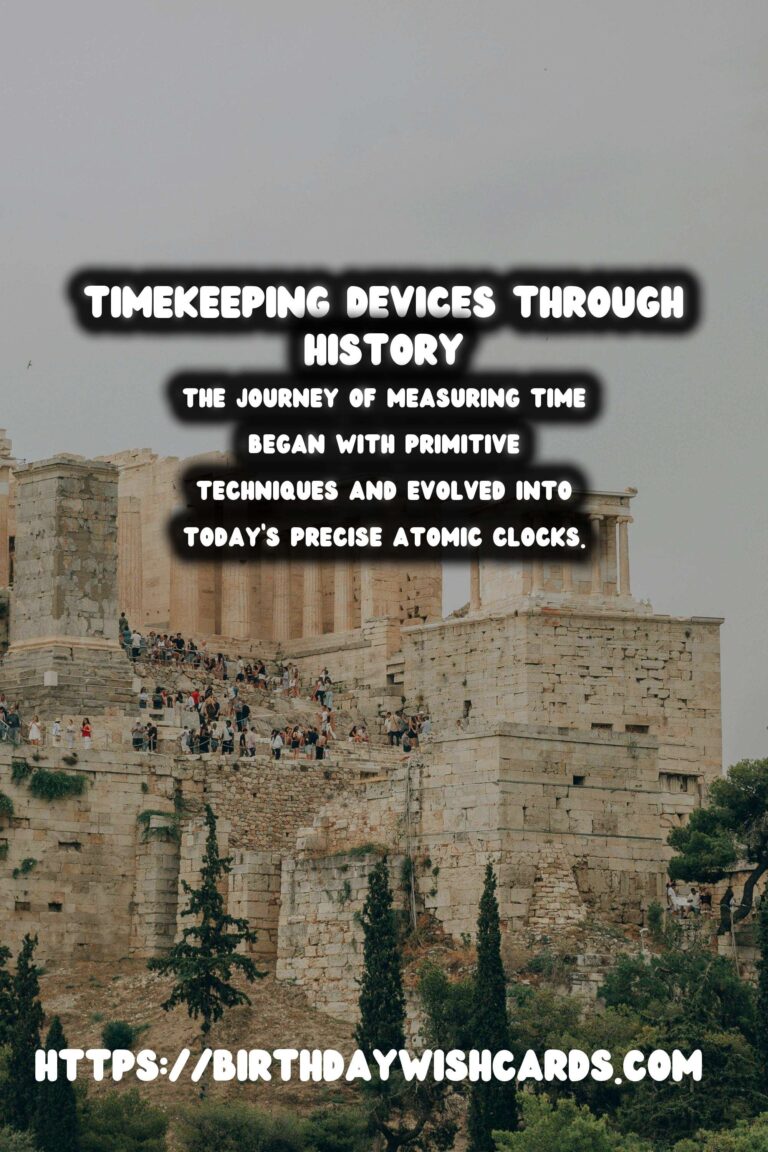
The concept of time has fascinated humanity since ancient days. The journey of measuring time began with primitive techniques and evolved into today’s precise atomic clocks. Let’s delve into the story of how humans have measured time throughout history.
The Dawn of Timekeeping: Sundials
Timekeeping started with the sundial, an ancient tool, likely developed around 3500 BC. Early civilizations like the Egyptians and Babylonians relied on shadows cast by the sun to tell time. Sundials used a gnomon, which is a stick or an upright stone, to measure the time of day based on the shadow it cast on a flat surface marked with hours.
Sundials were effective in sunny climates but didn’t work at night or during cloudy days, limiting their usefulness in all-weather conditions.
Advancements in Time Measurement
As society progressed, so did the need for more accurate timekeeping. Around 1500 BC, water clocks, also known as clepsydrae, emerged. These clocks used the steady flow of water to measure time, allowing people to track hours even when the sun wasn’t visible.
Hourglasses soon followed, using sand to measure shorter time intervals, and were particularly popular in medieval Europe.
The Mechanical Revolution
With advancements in engineering, mechanical clocks appeared in the 14th century, offering greater accuracy. These clocks used gears and weights, capable of telling time more reliably. Clock towers became central features in town squares across Europe, democratizing time for all citizens.
By the 17th century, pendulum clocks further improved timekeeping, cutting down the error to a few seconds a day, thanks to the innovations of scientists like Galileo Galilei and Christiaan Huygens.
The Modern Era: From Quartz to Atomic Clocks
The advent of electricity led to the quartz clock in the 20th century. Quartz clocks utilized the piezoelectric properties of quartz crystals to achieve remarkable accuracy and have become a staple in households worldwide.
However, no other timekeeping device matches the precision of atomic clocks, developed in the mid-20th century. By measuring the vibrations of atoms, these clocks can maintain accurate time within a billionth of a second. Atomic clocks are crucial for global positioning systems (GPS) and international time standards.
The Future of Timekeeping
As technology progresses, new methods to measure and manage time continue to evolve. Quantum logic clocks, for example, offer even more precise measurements, opening doors to potential scientific and technical advancements that we are only beginning to understand.
Time will always be at the heart of human progress, propelling us toward new horizons.
The journey of measuring time began with primitive techniques and evolved into today’s precise atomic clocks. As technology progresses, new methods to measure and manage time continue to evolve. 
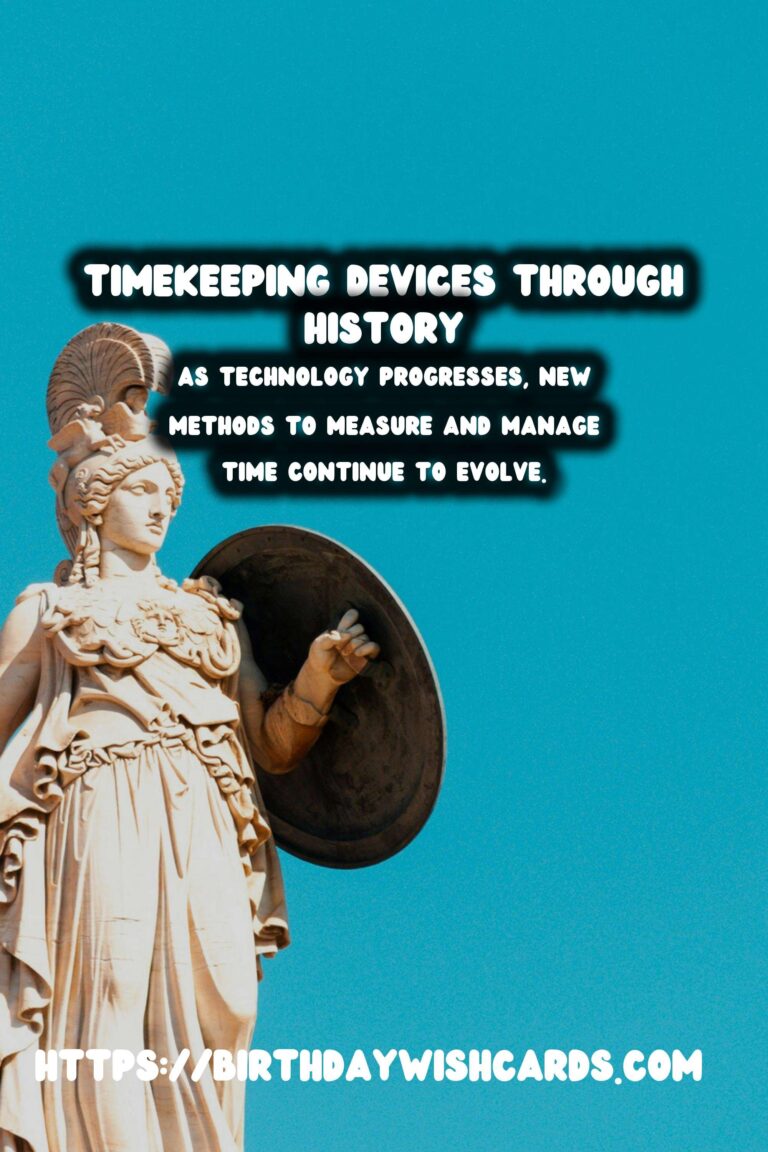
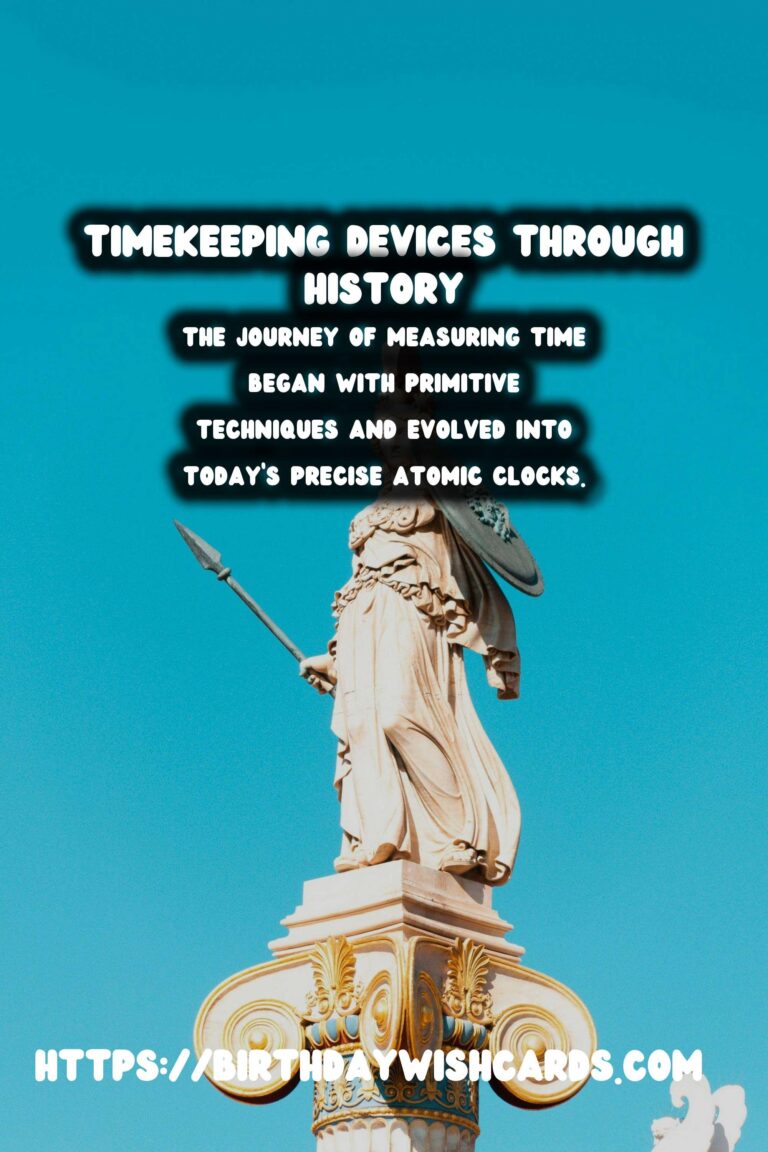
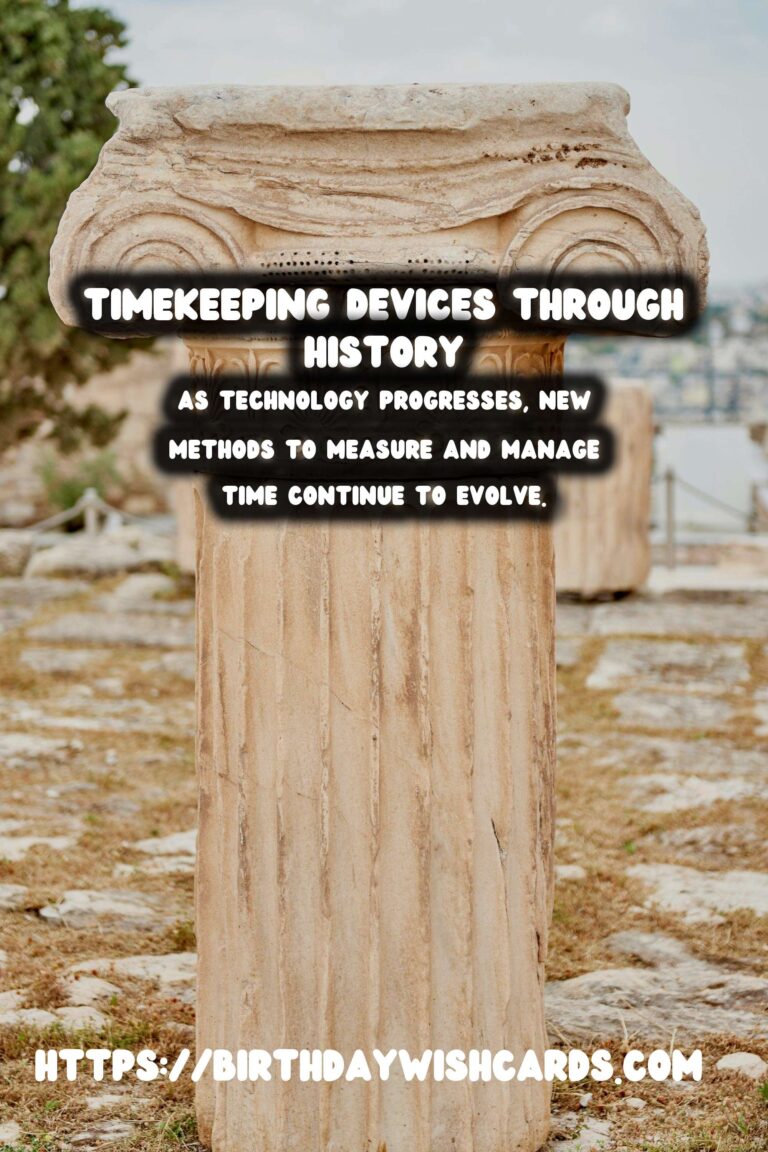
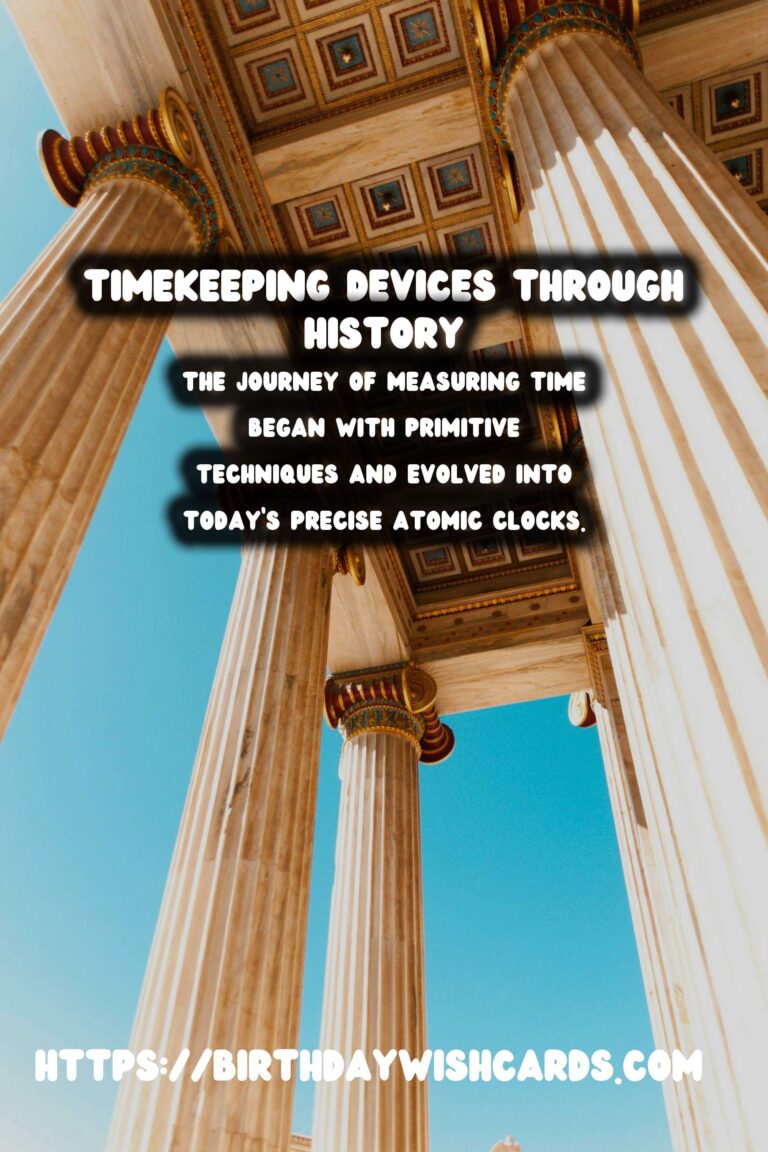
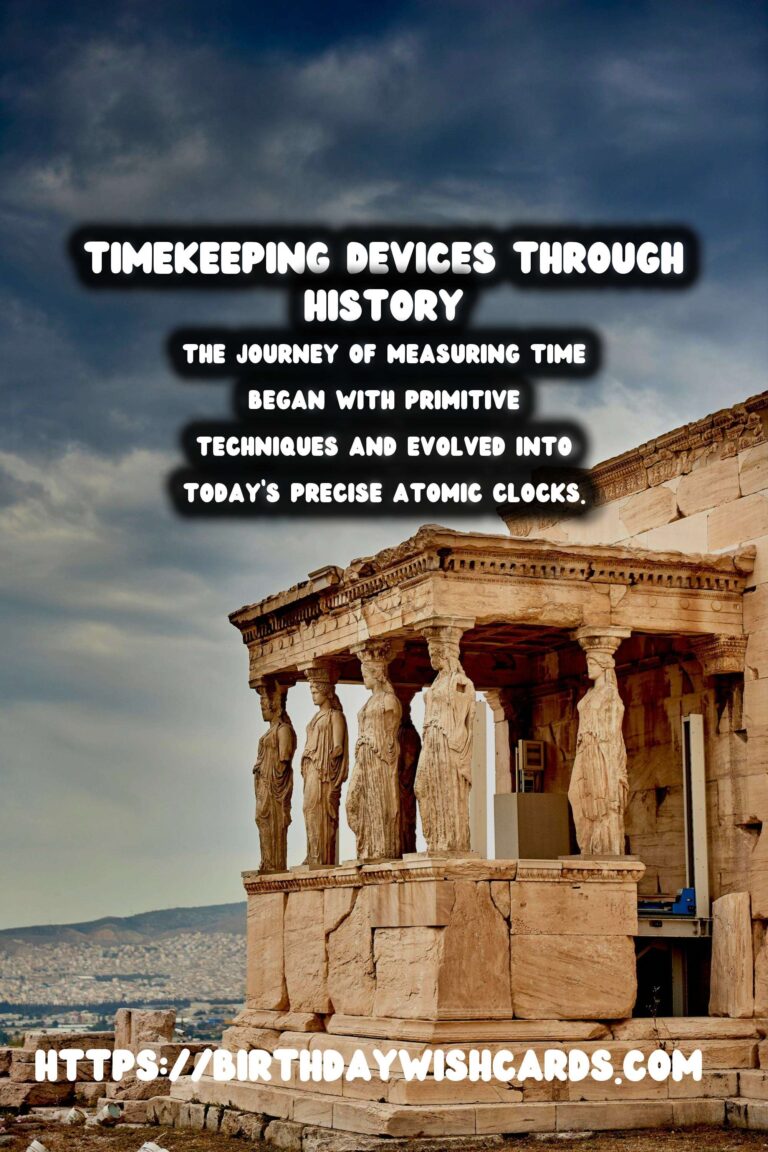
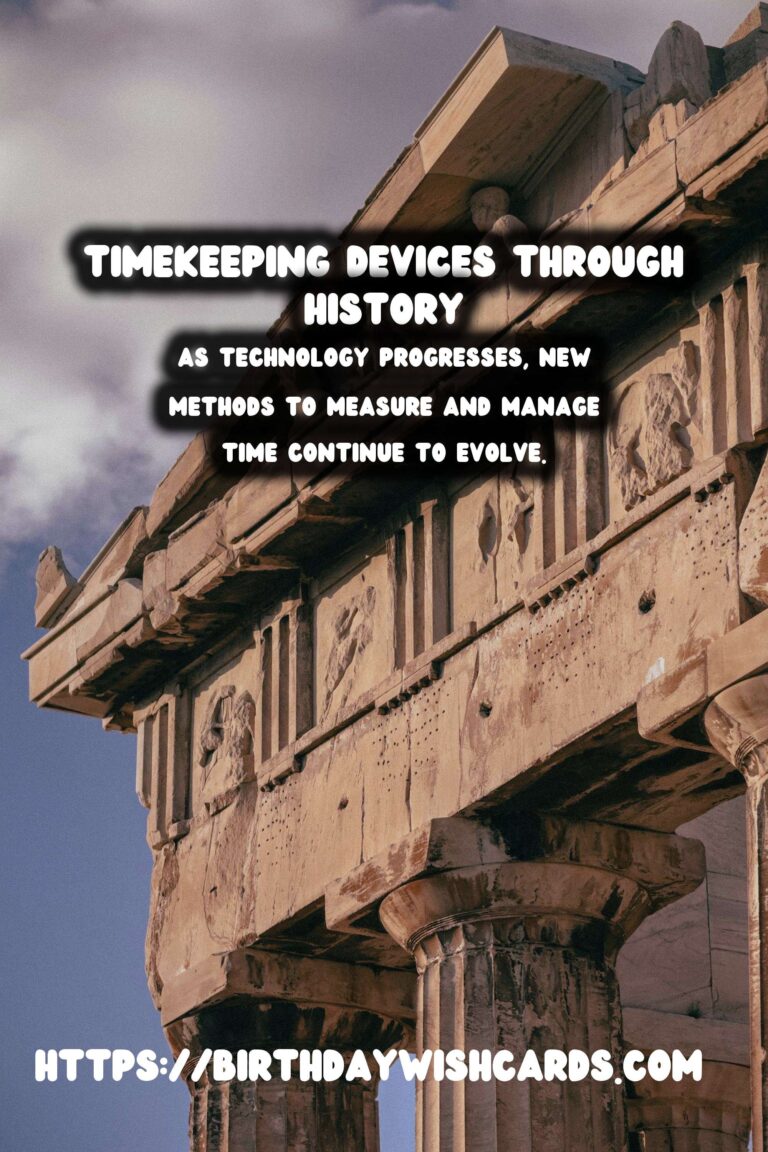
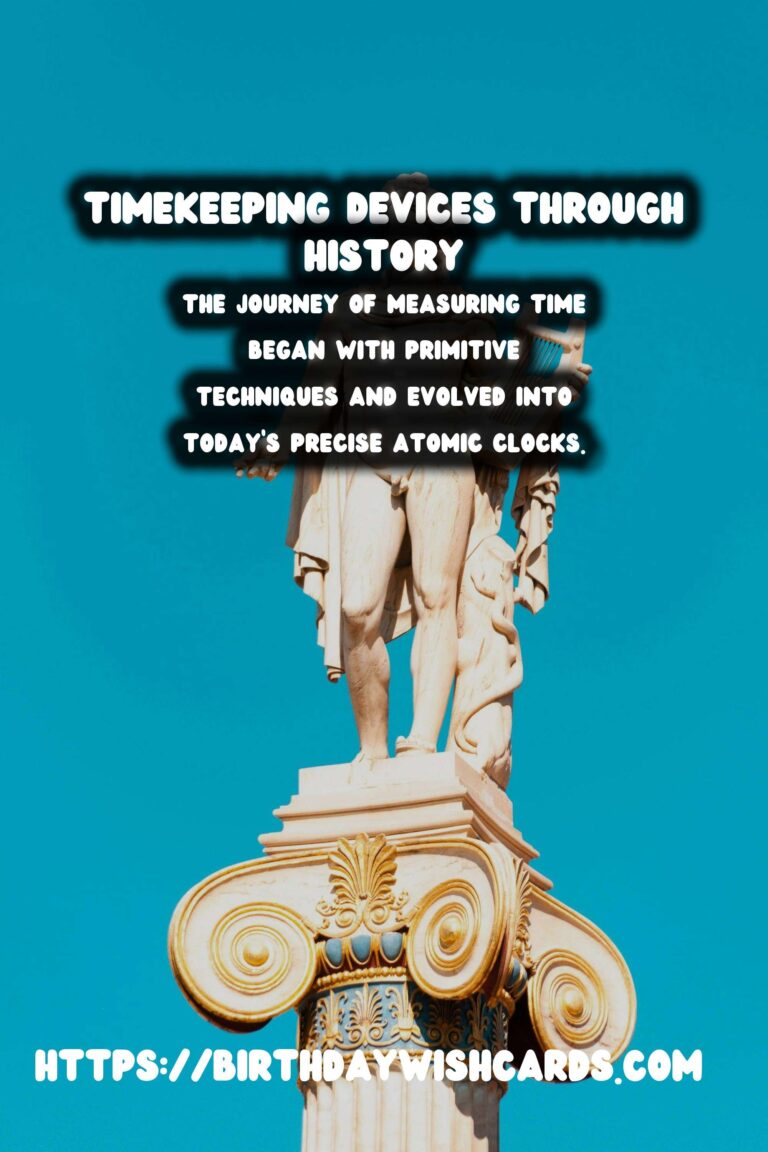
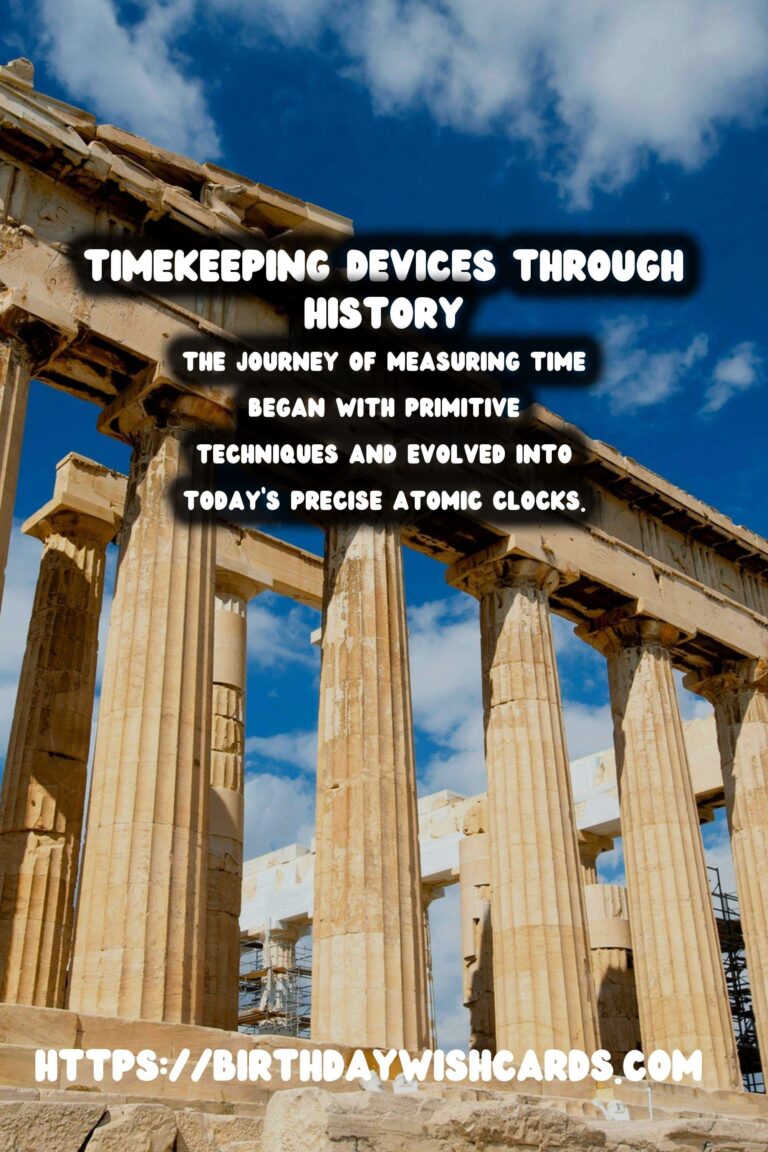

#TimeHistory #TimekeepingEvolution




